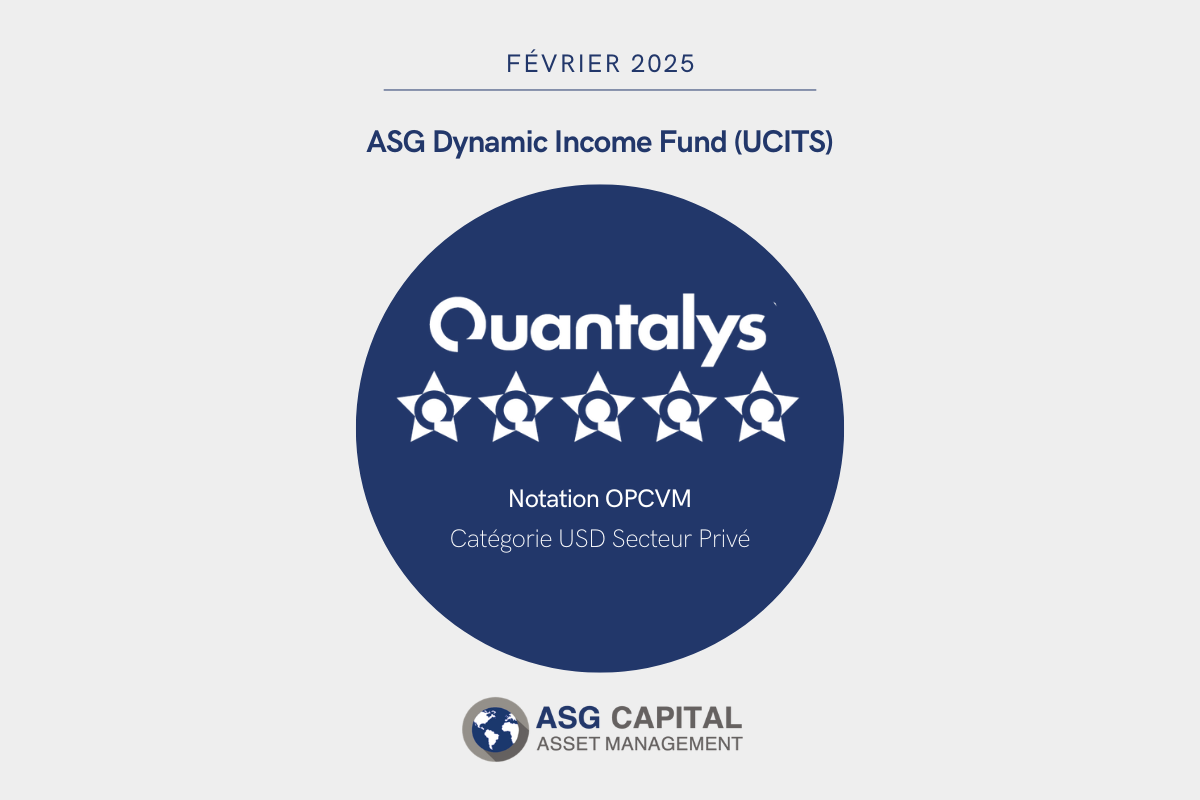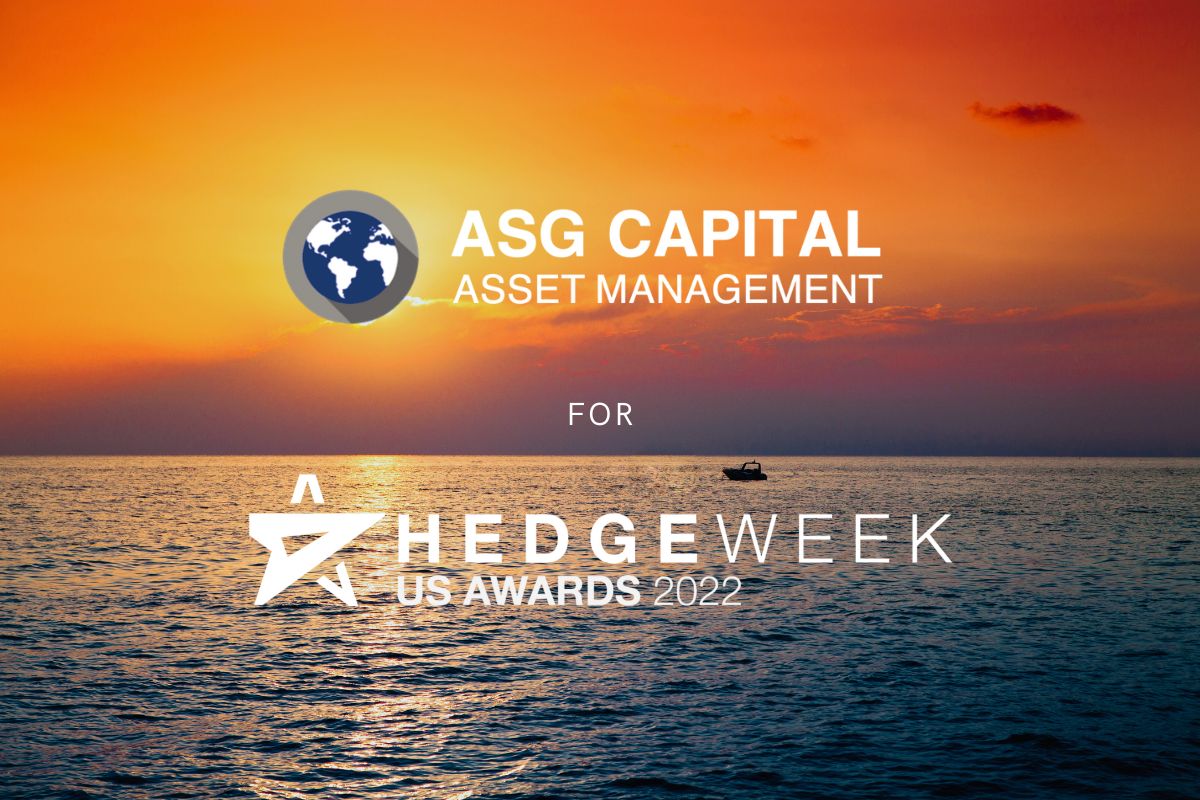This year has been particularly challenging for bonds. Global fixed income investors have been exposed to an unprecedented ‘rout’. While the mid-year sharp downside is behind us, interest rates are still rising. This is a concern for bondholders as to the future consequences on their investments. It also begs the question of how to take advantage of it.
2022, new tightening wave
An asset manager with a nimble management style can reposition a portfolio and adapt it to a changing financial environment. The combination of macro-economic factors such as inflation and the shift of the Fed. (Federal Reserve) to a ‘hawkish’ monetary policy leads investors to seek new alternative solutions to protect their investment.
As a reminder, the market interest rates started to increase in the first quarter of 2022, while the Fed. was still undertaking massive asset purchases to stimulate the economy. After reaching inflation rates not seen in 40years, the Fed. finally decided to act against inflation. The ‘Fed. Fund’ rate was raised by 3% in just six months.

In the recent past, the fixed income markets have generally rebounded after a ‘bad year’. The situation in 2022 is somewhat different. While we can expect a rebound in 2023, this is by no means certain. This uncertainty compels an investment manager to continue to seek protection.
Seeking protection in an uncertain interest rate environment
“Floaters” are worth considering in a rising-interest-rate environment. A floating-rate note, commonly referred to as “floaters”, is a bond with a variable coupon rate generally linked to a short-term interest benchmark rate, such as the London Interbank Offered Rate (LIBOR) or the Fed. funds rate (SOFR), with an additional spread over and above this indexed rate.
As benchmark interest rates rise, the yield on these “floaters” is adjusted upwards generally every three months. These “floaters” have the advantage of providing increasing returns as well as more stable price valuations compared to traditional Fixed coupon bonds when faced with a rising interest rate environment.
Example: the perpetual floater Schwab 4.625 (US808513AP07). Its price remained relatively stable as its yield return increased (see below):
- Issuer: Charles Schwab Corporation
- Country: United States
- Issuer rating (S&P): BBB
- Coupon type: Variable
- Coupon rate: 3m Libor +331.5
- Maturity: Perpetual

Timing the market v. Being paid to wait
Considering an allocation to “floaters” in a portfolio when interest rates are high and rising allows investors to avoid the traditional price ‘draw down’ (capital loss) associated with Fixed coupon bonds. Investors can stay more serenely invested in the bond market through “floaters”. The price sensitivity of these instruments to interest rates changes is limited. Furthermore, their revenue stream increases offering the opportunity to take full advantage of rising interest rates. Finally, these instruments remove the need to ‘time’ a future entry point to benefit from better conditions in the fixed income market down the road. Through an allocation to “floaters”, the investor is paid to wait straight away.



